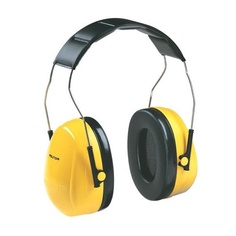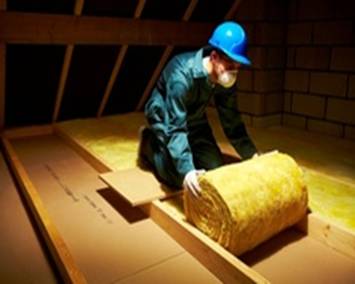Floor Sound Insulation
by Mark Row
 How to Get a Good Night Sleep
How to Get a Good Night Sleep
Floor sound insulation is another effective way to protect your home and your everyday life from constant noise which is a common nuisance nowadays due to the growing number of sources of noise that one modern and urban society brings. Bear in mind that certain levels of sound insulation are not only very useful but also obligatory, why you should consider improving the acoustic performance of your floors and overall home. This includes making the difference between some basic types of noise, understand the way acoustic values are determined and, of course, learn about some basic ways on solving the existing problems. We herewith offer some basics on the before said.
Note that typical floor constructions are not often designed to block the sound coming from the floor beneath (or the floor above, depending on the perspective) but are usually consisted of only a few thin layers that cannot be efficient in stopping, absorbing or reflecting neither airborne nor impact noise. Typically, the whole floor construction includes only the floorboards, timber joists to hold the structure and a plasterboard ceiling. This is why certain alternative ways of improving your floor acoustic insulation must be applied, from some constructional enhancements to using some adequate insulation materials which have both thermal and acoustic properties. We’ll start with some basic sources of noise, the way they are measured and how the problem can be solved.
Airborne Noise
One potential source of noise is the so called airborne noise which is, as the name states, transmitted through the air, from one building floor to another. Typical examples of airborne noise are speech, loud music, TV, basically some things that are present in almost any home and can hardly be controlled.
If you are wondering how airborne sound insulation is tested, it is simpler than you think. Basically, since floors are used to separate one area from the other, imagine having two flats on different floors or next to each other (the same measuring technique can be also applied to party walls). One of them is the source of noise (an apartment with loud music playing for example) and the other one is simply receiving such airborne sounds. The level of noise at the source is of course going to be higher than in the receiving apartment, but the key is in that difference measured in dB which presents the acoustic insulation performance of the receiving flat. The greater the difference-the better the soundproofing of the apartment, meaning that existing surfaces have been able to block or absorb most of the airborne sound.

Now, if you are having problem with loud neighbors and need to improve your floor sound insulation, there are a few things you can do. As mentioned before, typical floor constructions consist of a few layers which can all be improved with adequate means. For example floor joists should be insulated with some kind of insulation material that has not only good thermal but also acoustic performance, such as rock wool (also known as mineral wool) laid around the joists. Rock wool is made of fine, mineral fibres which have been exposed to high temperatures during the manufacturing process and are thus easily shaped into slabs and batts, very easy to resize, cut to shape and place around the joists due to their flexibility, but still very effective when it comes to acoustic insulation.
Impact Noise
Another source of noise within your home (especially if you are living on bottom floors) is the impact sound which is created by the impact of one surface onto another, which is the case with footfall or the situation where your neighbor has decided to rearrange his/her furniture or something heavy falls onto the top floor etc.
Unlike airborne noise, impact noise involves determining how much sound will tapping on the upper floor cause to the bottom floor (it is applicable only to party floors) by using a special tapping machine which makes the impact noise on different parts of the floor. The tapping will create shock to the flooring system and it is then determined will it be able to withstand and how much of the impact sound will it transmit to the floor below, when average values are than taken into account. Unlike with airborne noise, here lower acoustic value means better floor sound insulation performance.
We all know how the noise of feet running on top of your head can be irritating, why we should do something in order of solving (or at least minimizing) the problem. Some solutions will depend on how much effort and how much money are you willing to spend on the project. Basically, each method involves adding a few more layers to the existing floor in order of minimizing the impact. If you are not willing to change anything in the construction of your floor that is you want your floorboards to remain intact, you could always just add a few protective composite layers such as some foam and a thick chipboard, always making sure to seal all the gaps in your flooring. Now, you can order each layer separately, which is something you will have to do if you are not planning on removing the floorboards. On the other hand, if you believe that your floor is ready for a remodeling job, you could always order pre-made composite systems which will drastically improve your sound floor insulation.
Choose floor sound insulation products from our wide seletion of insulation materials for your home improvement project, or seek advice from our experts. You are welcome to leave a comment or share the article.



















































































































